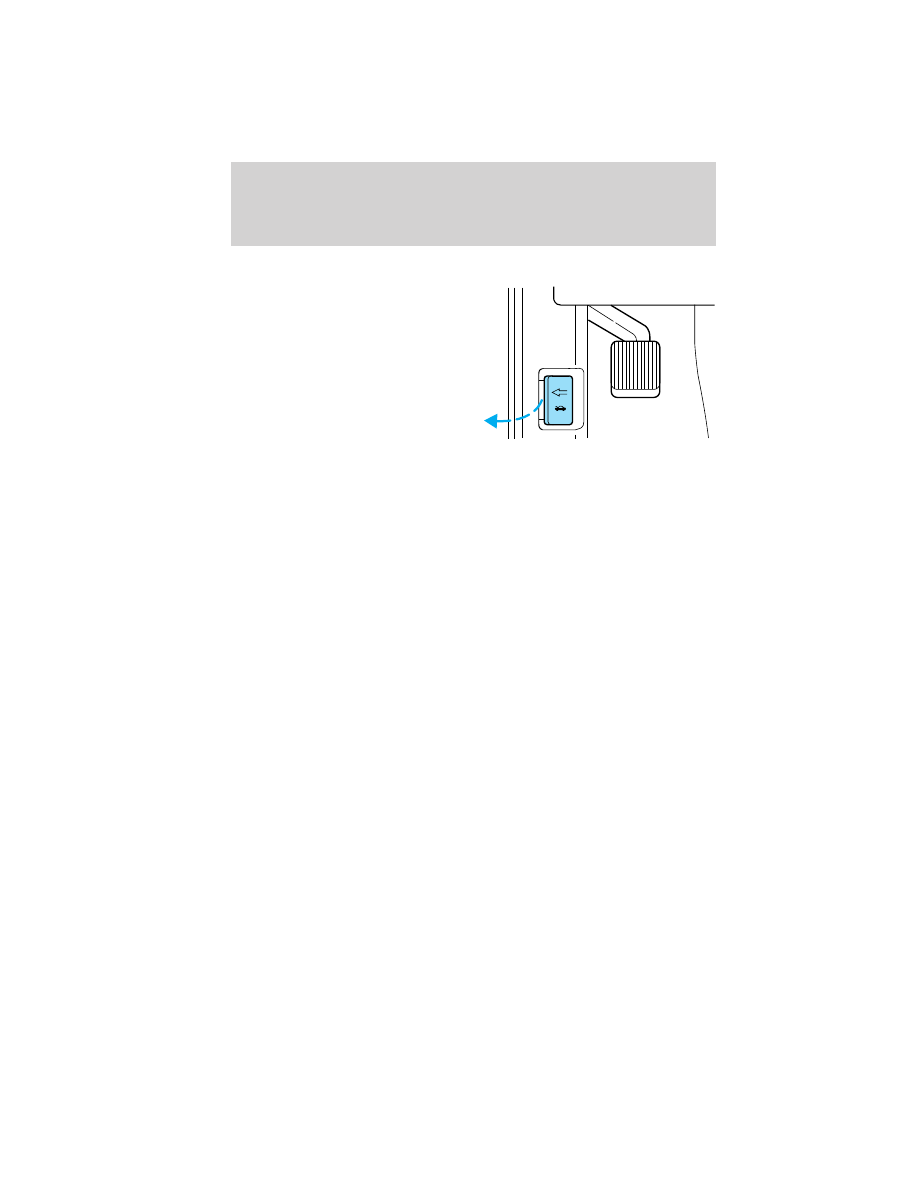Ford E-350 (2012 year). Manual - part 64

OPENING THE HOOD
1. Inside the vehicle, pull the hood
release handle located under the
bottom left corner of the instrument
panel.
2. Go to the front of the vehicle and push the auxiliary latch, located in
the center top of the grille, to the left to release the hood.
3. Lift the hood and secure it with the prop rod.
HOOD
Maintenance and Specifications
258